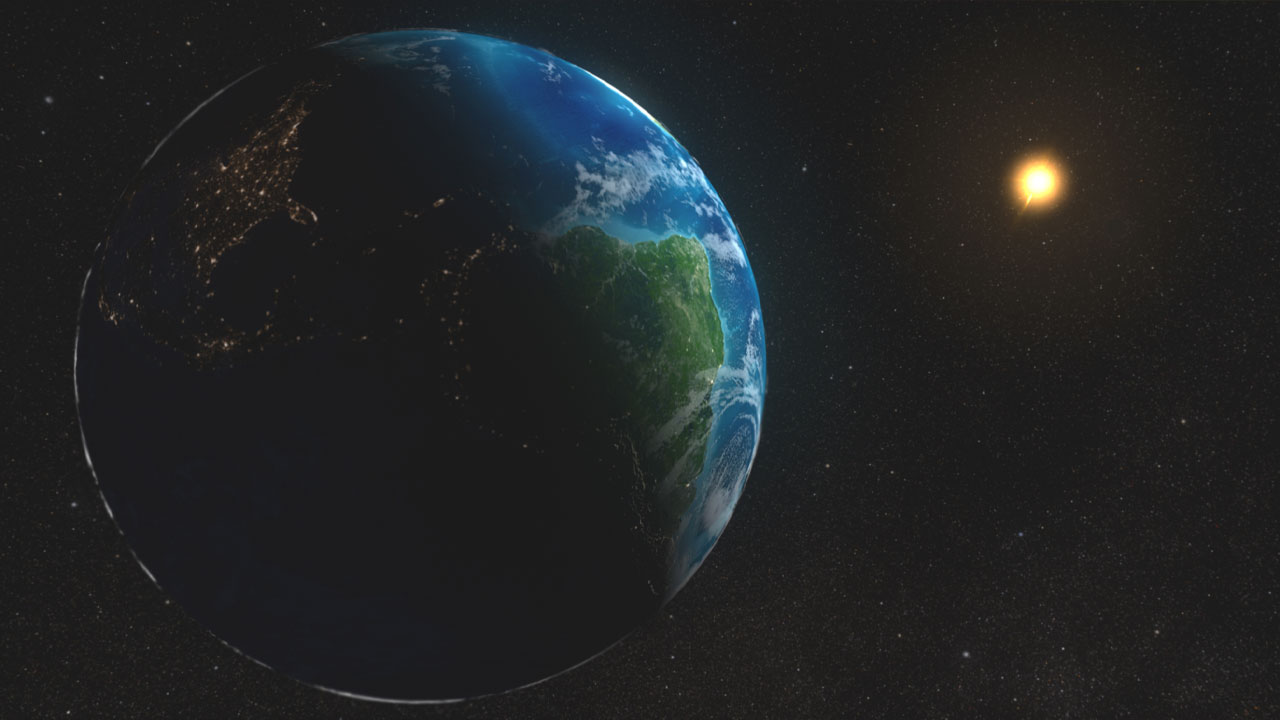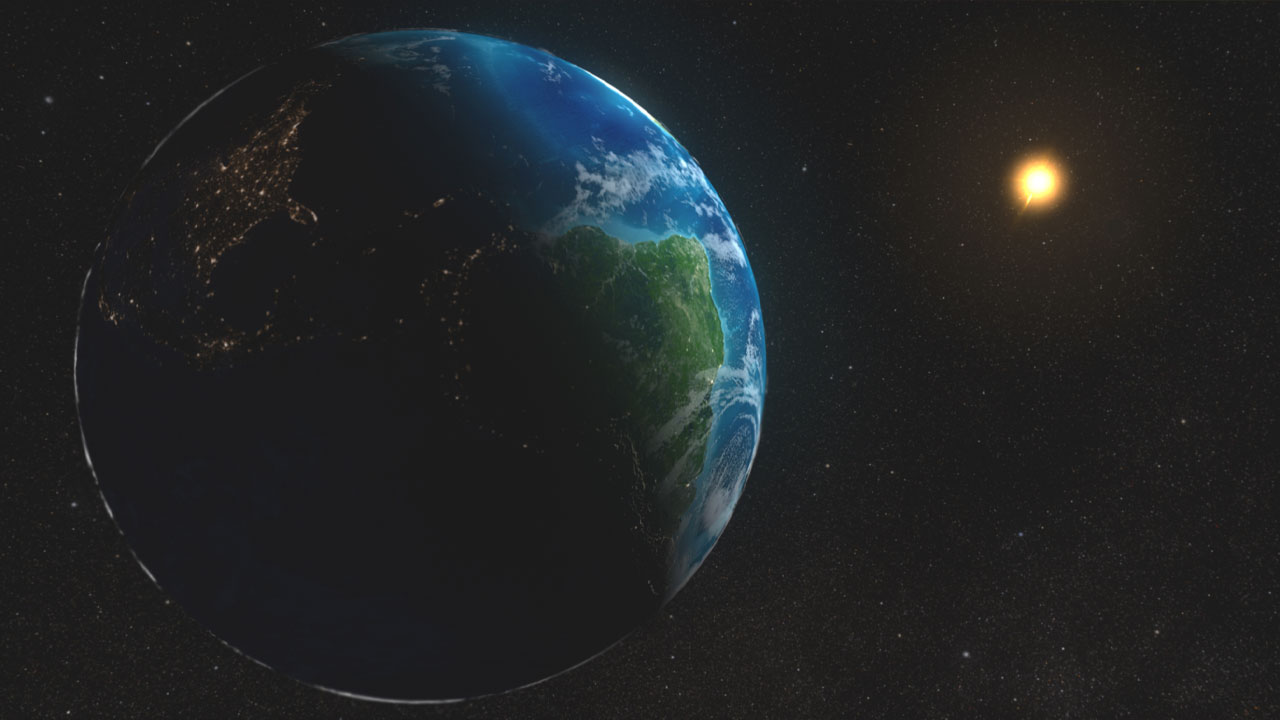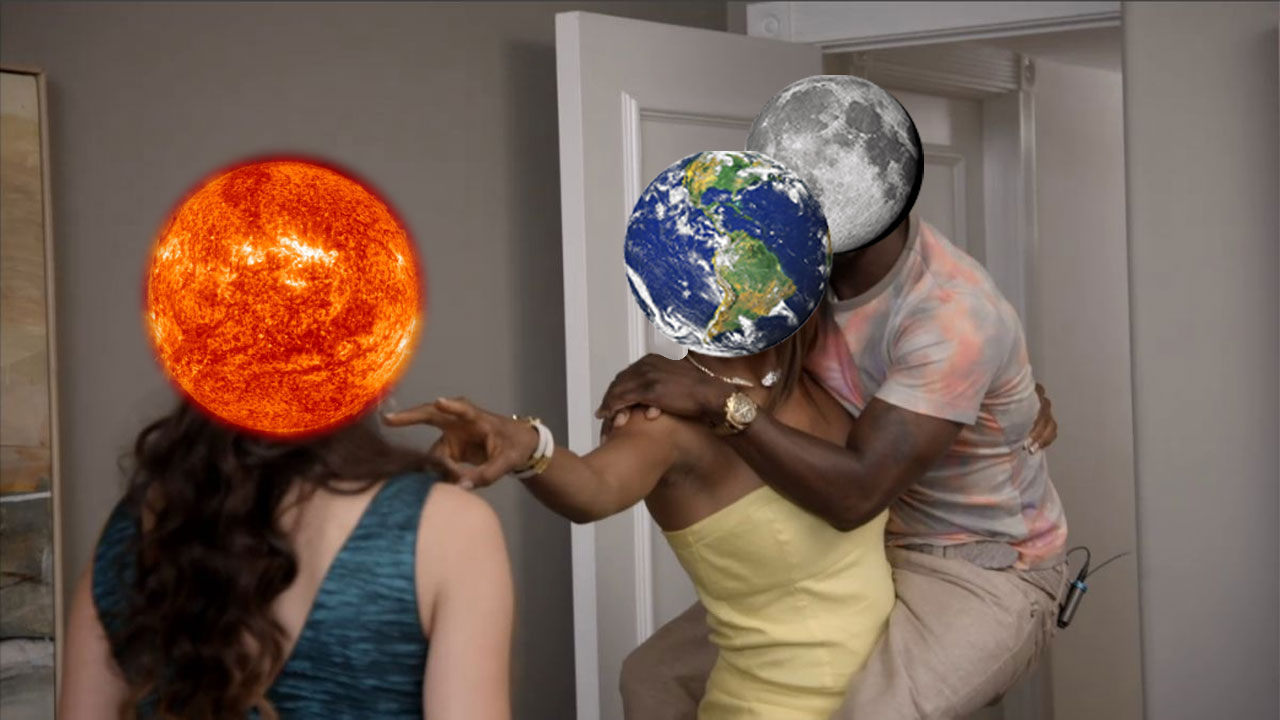We know that the Sun is much larger than the Earth and has a much greater gravitational pull in this context. But why doesn’t the Moon get out of our orbit and go towards the Sun?
Space Although we are constantly expanding our knowledge of the universe, we still know very, very little about our vast universe. standing below us planets It still remains a mystery in many ways. Among all these mysteries, different questions or scenarios come to life in the minds of those who use their imaginations?
For example “Moon What would happen if it started coming towards us one day?” you can browse. The question we’re going to focus on now is: SunWhy pull the Moon out of Earth’s orbit? can’t get?
Does the Earth keep the Moon around itself because it is closer to the Moon than the Sun?
I would have liked to have said yes to this question. Let’s end here, but unfortunately no. of the planets gravity (i.e. the gravitational force they exert on objects in space) is of course affected by distance. But if we focus only on this, we miss the main factor that affects the strength of gravity: your mass himself.
The greater the mass of objects in space, the greater the gravitational field and how much of this gravitational field if you go away The more it will affect you, the weaker it will be.
The Sun itself makes up 99.8 percent of our massive Solar System:
The distance between the Sun and the Moon is many times greater than the distance between the Earth and the Moon. But the Sun still gives the Moon more than that of the Earth. 2 times more applies gravitational force. If the planets were not orbiting the Sun, the Earth would be moving towards the Sun at full speed along with the Moon. But we must not forget that we are in the Solar System. we don’t stand still.
We are moving around the sun at a speed of about 107 thousand kilometers per hour:

In this context, we approach it at certain times and move away from it at certain times. In this way, we do not move directly towards it, and our distance stays steady. The Moon also has a certain path that it draws with its speed in the Earth’s orbit. At this point, it is valid not only for the Earth, but also for every planet and star.escape velocityWe need to look at the term ‘.
In order to completely get rid of the gravity that an object exerts on you, you need to reach the escape velocity (or energy):
- How fast would the rockets have to go to leave different planets?
The energy to be spent or the speed to be reached, both the object itself and the depends on the mass of the object. Because as we have learned so far, mass and gravitational force are directly proportional. So the speed you need to reach to get out of Earth orbit will be more than enough to get rid of the Moon’s orbit, but because of the mass difference to get rid of Jupiter’s. insufficient will remain.
The Moon is moving around the Earth at roughly 1 kilometer per second:

In addition, since the center of gravity is farther from us, the speed it will need to escape from orbit is at this rate. will change. According to calculations made in some places, in order to get rid of the Moon’s orbit 1.2 kilometers per second It needs to progress quickly. If this result, which varies according to distance, is true, we can say that it is frightening that such a small difference has the potential to throw the Moon out of our orbit.
In other words, we can state the answer to our question as ‘The moon is not fast enough’. But The Moon orbits the Earth, not the Sun It would be wrong to say. Because both have gravitational pull on the Moon:

To put it simply, it is obvious that it revolves around the Sun along with the Earth. There are many variables in the calculations on this question, and therefore rudely We have no choice but to tell you, but this is the essence of the matter. You can share your thoughts in the comment section.
resources: Science ABC, Universe Today, Physics Lesson
